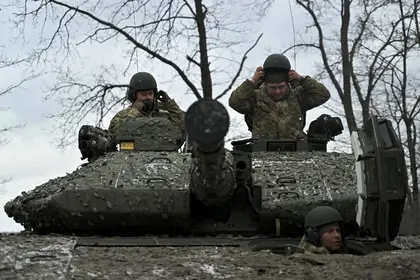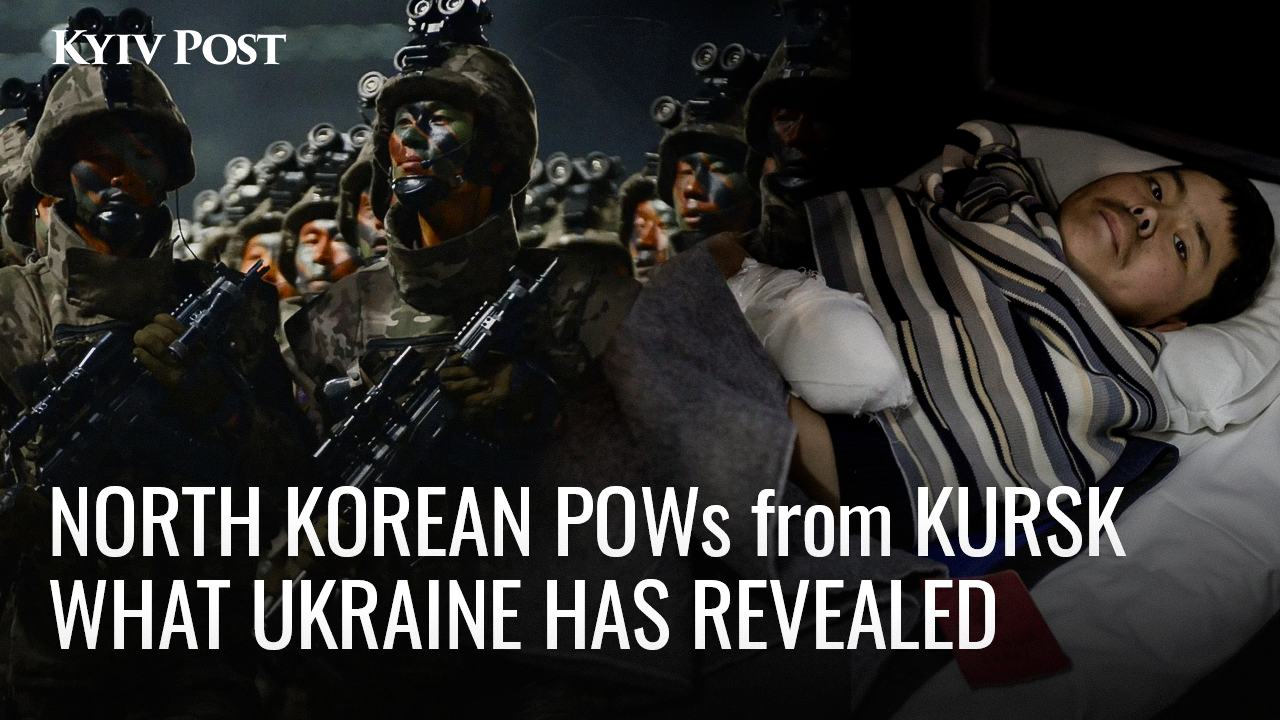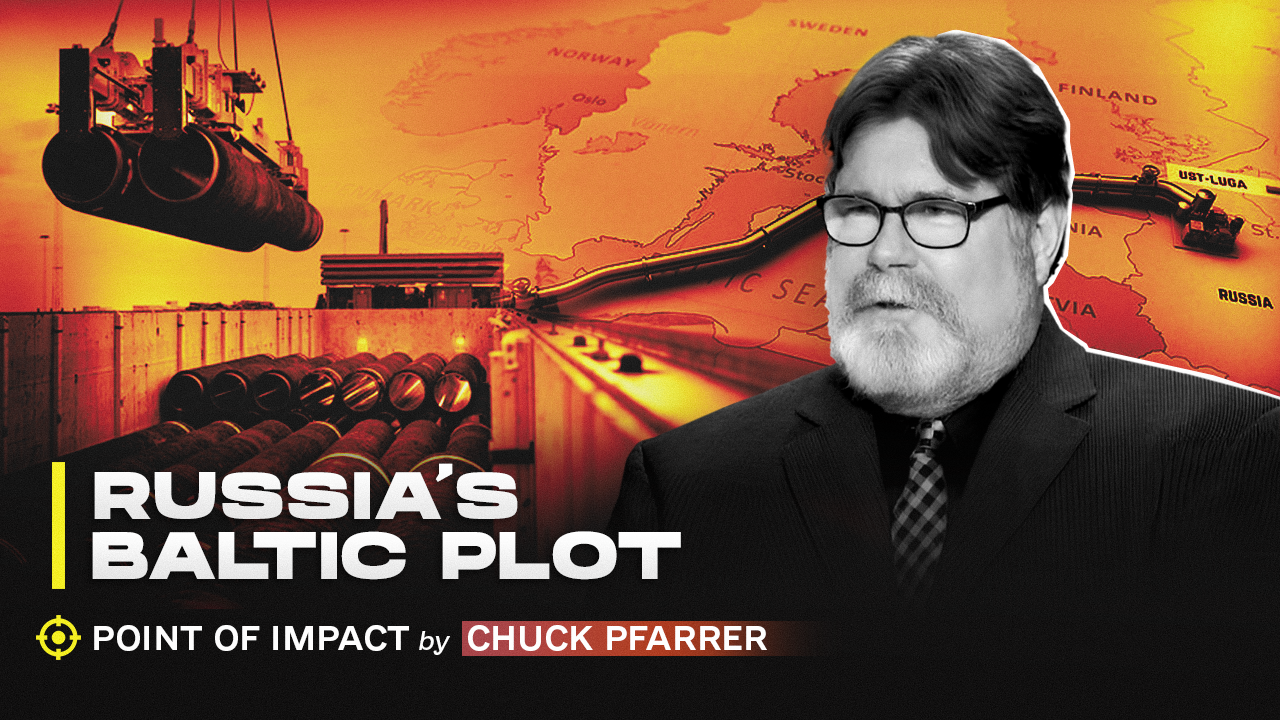Stockholm on Monday announced SEK 4.6B ($443 million) in military aid to Kyiv in a package that would include air defenses but would not include the Gripen fighter aircraft sought by Kyiv. The Scandinavian country’s 17th aid package to Ukraine brings the total value of Sweden’s contribution to about $4.6 billion since the start of Russia’s invasion, AFP reported.
Half of the $443 million package is earmarked for parts needed to build Griper jets, but the Swedish government said this was only intended to prepare for the time when Stockholm felt ready to send them to Ukraine. As of now, there are no such plans, as Sweden said it is monitoring the progress of the F-16 program in Ukraine.
JOIN US ON TELEGRAM
Follow our coverage of the war on the @Kyivpost_official.
“We have been advised by the fighter coalition that right now it prefers to focus on the introduction of the F-16 into Ukraine,” Swedish Defense Minister Pal Jonson told AFP.
The rest of the funds in this latest package will go toward CB90 naval combat boats (six of them), AT4 anti-tank launchers, portable anti-aircraft systems, along with ammunition to re-supply previously donated CV90 infantry vehicles (50 of them).
Sweden already has sent Ukraine a group of German-made Leopard 2 tanks as well as artillery systems.
Zelensky meets with staff about energy infrastructure; 900 damaged medical centers have been restored
In a video address on Monday, President Volodymyr Zelensky reported that he met with his staff about the importance of protecting power plants and other energy infrastructure from Russian attacks as winter approaches, and other priorities on the front line.

Orban Slams Ukraine’s ‘Hostile’ Statements, Threatens ‘Countermeasures’
“Several key issues were discussed,” he reported. “Protection of energy infrastructure from Russian strikes. Defense of our positions on the frontline. We thoroughly addressed the issue of artillery supply to the troops, including our “Bohdana” howitzers, and the provision of equipment to our brigades.”
In June, the Kyiv School of Economics estimated that Ukraine’s energy sector has suffered $16.1 billion in losses since Russia's February 2022 invasion, including $8.5 billion in destroyed power plants, $2.1 billion in disruptions of electricity supply along the grid, and $3.3 billion in oil and gas infrastructure damages.
“Responsibility for this is entirely personal,” Zelensky said, “both for the construction of protective structures and for the operation of air defense systems.”
Also on Monday, the nation’s Health Ministry released figures on the destruction of healthcare facilities in Ukraine throughout the war and reported that nearly 900 of those damaged or destroyed have been brought back online.
“For more than two years, 886 medical facilities have been fully and/or partially restored in different regions across Ukraine,” the Ministry’s statement reads. “Of these, 533 facilities have been fully restored and another 353 partially restored. These are medical facilities in the de-occupied territories and those that have suffered minor damage: broken windows, roof destruction, facade damage, etc.”
The Ministry said that, in total, 1,877 medical facilities have been damaged to varying degrees as a result of Russian strikes, and that 220 of them were destroyed and are now beyond repair. The lion’s share of the destruction was recorded in the Mykolaiv, Dnipropetrovsk, Kyiv, Kharkiv, and Chernihiv regions.
Slovakia’s Rico taken to task on ‘Nazi’ comments, in wake of fake Russian viral video
On Monday, Ukraine's Foreign Ministry issued a response to the Slovakian prime minister’s claims about “Nazi” units operating in Ukraine’s Armed Forces (AFU).
Ministry spokesperson Heorhii Tykhyi stated that Ukraine was “disappointed” with Slovak Prime Minister Robert Fico’s latest remarks that the international community has “silently put up with” Nazi symbols used by a small group of Ukrainian soldiers.
Fico had said during a commemoration of the Holocaust: “We all talk about fascism, Nazism, and at the same time we silently put up with the fact that there are units in Ukraine that have a very clear label, which is associated with movements that we consider dangerous and forbidden today.”
“The international community must recognize that it cannot be allowed that troops who use Nazi labels, who often behave in this way, are fighting in Ukraine,” Fico added.
The mostly Russian-speaking Azov Brigade of the AFU, which recently has numbered fewer than 1,000 soldiers, sparked international controversy near the beginning of Russia’s full-scale invasion with its Nazi-like insignia and connections with far-right groups.
Just this last weekend, a fake video spread by the Kremlin purported to show more than 1,000 Ukrainian troops operating in Kursk wearing Nazi symbols. The video quoted what it said were facts from Reporters Without Borders, and claimed that the information was reported by the BBC, both of which were proved false by state news Ukrinform.
Tykhi, who was appointed to the position in July, said that “countering Russian aggression, for Ukrainians, adds to the nation’s history of resistance against totalitarian regimes over the last century.”
He went on to remind Fico and his supporters that about one and a half million Ukrainian Jews were killed by Nazi forces, and ended on a conciliatory note:
“We rely on the united efforts of Slovakia and all of our European partners to counter the current Russian evil, which has brought atrocities to Ukrainian soil unprecedented since World War II," Tykhyi said.
Fico, who has made good on his vow to end military support for Ukraine, was shot in an assassination attempt in May amid protests in his country over Fico’s crackdown on the media and his elimination of anti-corruption prosecutors.
He won his fourth term last year on a mostly pro-Russian, anti-American platform, and, like his neighbor Hungarian Prime Minister Viktor Orban, has been at loggerheads with the EU over support of Kyiv during Russia’s war of aggression.
You can also highlight the text and press Ctrl + Enter













